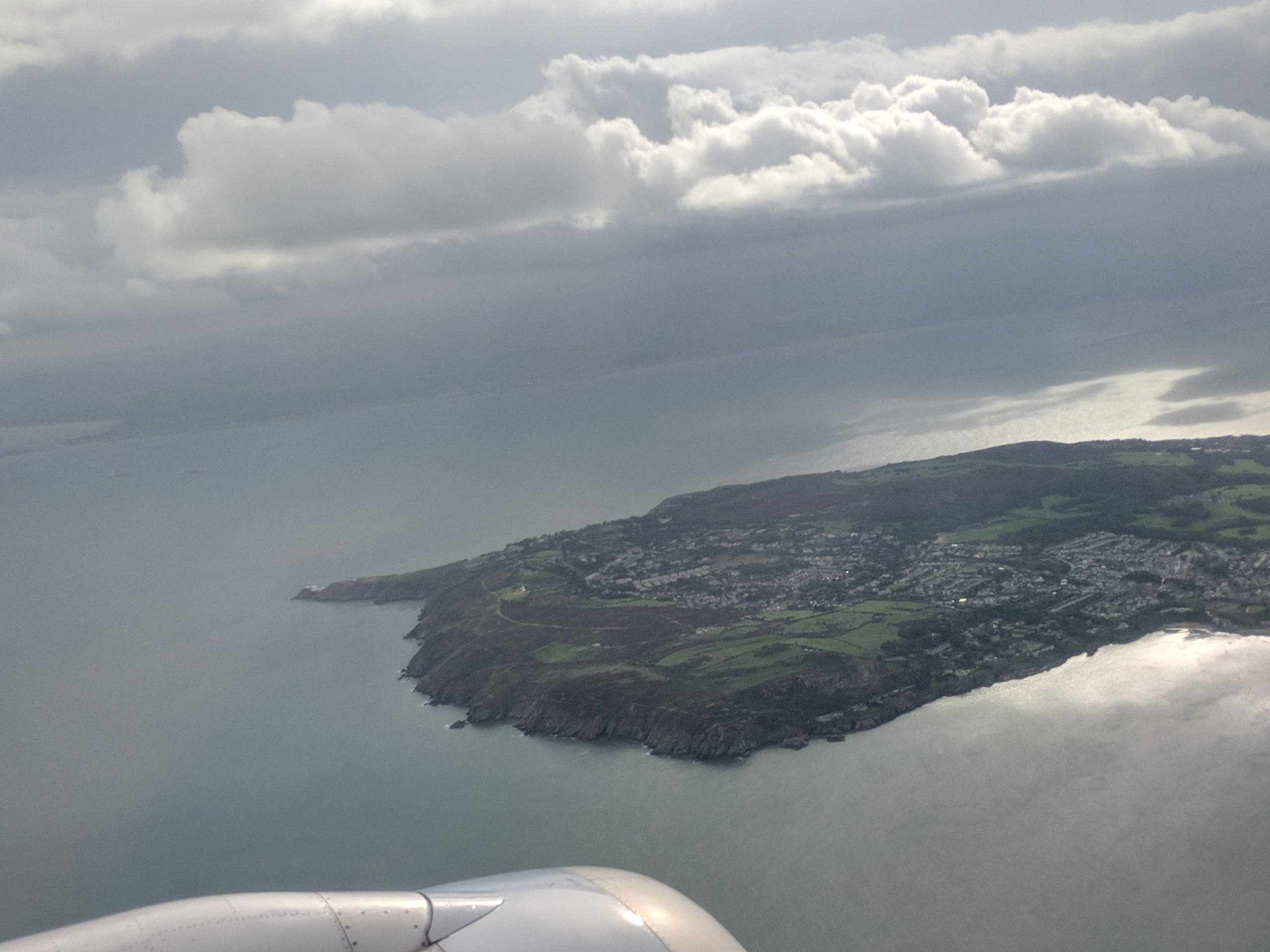Article in partnership with Day Translations.
What Country Has the Most Languages?
When you search for the country that has the most official languages in the world, the answer is Papua New Guinea with 800 different official languages and 200 dialects. Even though this country has only 8 million inhabitants, each tribe lived for thousands of years developing its own language while staying separate from other communities. Not only that, but local independent cultures were able to flourish untouched by any outside influences for a long time. The way government and other public service institutions are structured allows decentralisation, giving more autonomy to local bodies.
Which Countries Have Hundreds of Official Languages?
Following Papua New Guinea, these countries have the most languages:
- Indonesia with more than 700 languages;
- Nigeria with more than 500 languages;
- India with more than 400 languages.
In addition to these countries, the United States, Mexico, Australia and China have about 300 languages.
In Africa, after Nigeria, the countries with more linguistic diversity are Cameroon with almost 300 languages and the Democratic Republic of the Congo with more than 200 languages (source: Statista).
In South America, Brazil is the most linguistically diverse with about 200 different languages (source: Statista).
How Likely Are Linguistically Diverse Countries to Preserve Their Languages?
While initially it seems positive and encouraging that there is so much language diversity in the world, we must remember that, at the same time, hundreds of languages spoken by smaller communities are risking extinction (Statista).
It has been calculated that:
- almost 150 languages may risk extinction in Europe and Russia;
- almost 700 languages may risk extinction in Asia;
- more than 700 languages may risk extinction in Oceania;
- more than 400 languages may risk extinction in Africa;
- more than 200 languages may risk extinction in both North America and South America.
The key factors contributing to this phenomenon are globalisation and socioeconomic dynamics, including literacy and political agendas. Of course, one of the main causes of languages disappearing from use is that elder members of local communities can still speak such languages. Once these people are no longer there to pass on their knowledge, there is not much hope for the future of such languages.
Why Translators Should Care About Dying Languages
It has been argued several times over the years that we should all collectively care about language endangerment and that we need to do something about it (for example, BBC in 2010 and in 2014). Some languages are disappearing at the rate of 250 every 10 years.
One of the main reason to preserve languages, particularly indigenous languages, is to also preserve the knowledge and culture that come with them. The use of languages, additionally, leads from the bottom up: it is thanks to words and expressions being commonly used by people, from an early age onwards, that maintains the longevity of language.
Language requires daily practice to keep alive and in the case of ancient languages that are spoken by only a handful of people, the lack of regular use accelerates its decline. The lack of written versions of ancient and indigenous languages also contributes to the acceleration of their decline. It has been estimated that only a third of global languages is written. So, if two thirds of all languages in the world are only spoken, how can we preserve them? Of course, we can take recordings and transcribe them as much as possible but this is a race against time.
Linguists are working hard to document and archive oral histories, transcribing and translating them so that they can be referenced to in years to come, basically future-proofing even extinct languages.
The Smithsonian reported that preserving languages is intimately linked to the preservation of humanity as a whole, as languages act as maps that show how humans have survived over the centuries developing their own coping mechanisms. On top of everything else, it is a human rights issue that symbolises the protection of vulnerable communities, giving them a voice.
Professional translators can take an active part in this, collecting and analysing data, and even using software tools including AI/Artificial Intelligence to optimise the data-crunching process.



